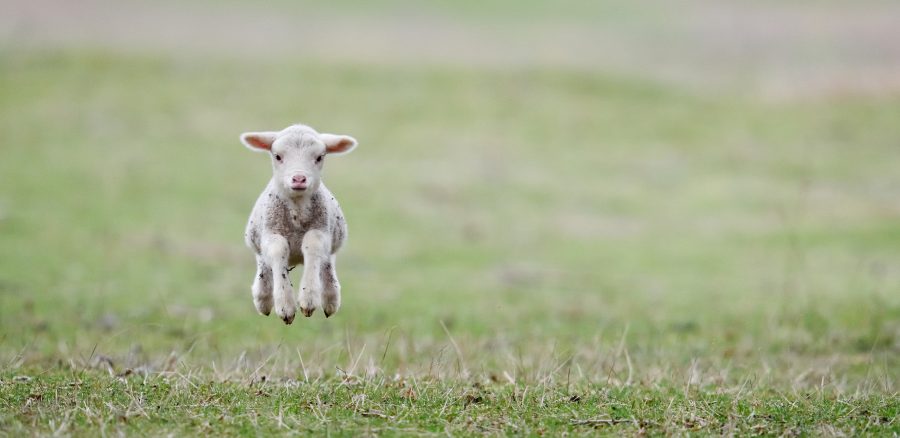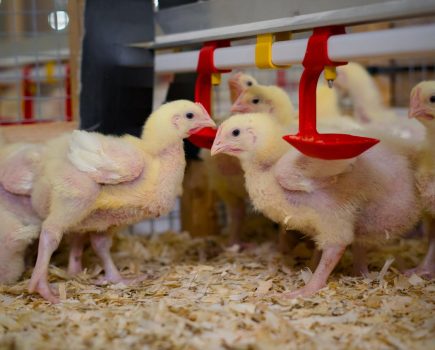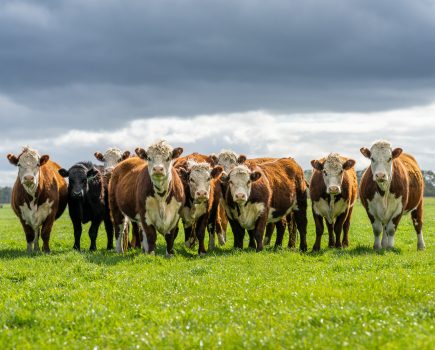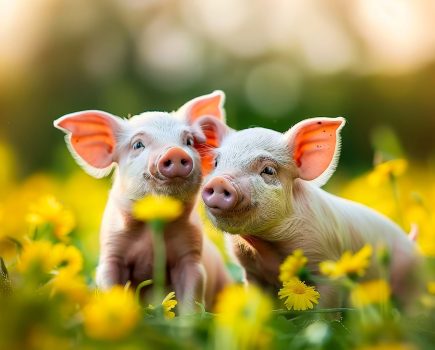Health planning isn’t something that should be done in an annual flurry before a Farm Assurance inspection, writes Dr Ami Sawran of Westpoint Farm Vets. Health plans themselves should be living documents that evolve along with your aspirations and challenges and your farm’s current situation. Some of the greatest value your veterinary team can add to a farm in terms of productivity and animal health is via a review of your farm’s performance and tailored advice based on this.
Many sheep farmers are extremely self-sufficient and do not necessarily see their veterinary teams all that often, so having a vet attend outside an emergency can allow them to understand better the specific processes and challenges encountered at different times of the year.
It can be overwhelming to sit down to an annual review and discuss the different aspects you wish to improve or modify from a whole year’s worth of farming. Information overload can follow these annual meetings, which leads to a diminished ability to act on the feedback and stick to resolutions. This is why it may be more effective to have several, ‘light touch’ reviews with your vet at key points in the year.
Suggested times of year might be around tupping to discuss ram fertility, pre-lambing to assess the metabolic health and nutritional status of ewes and, after lambing, to go over incidence of periparturient ewe disease and issues encountered over lambing and set targets for the coming year.
Let’s get started
Many farmers will be just about recovering from lambing at this time. Though it is a tiring and often stressful season, lambing statistics will be fresher in the mind than they will mid-harvest or right before next year’s lambing, so it’s best to discuss them before priorities shift.
Any issues that you may have identified over the lambing period will be best tackled at key points in the coming year; to discuss them next year would make it too late to make a measurable positive impact.
For example, you may identify a high barren rate, which requires investigation of tups (in good enough time to replace any that may not be performing) and possibly blood testing of ewes to check for the presence of abortive disease.
Now is an excellent time to sit around the table with your vet to appraise any data you have managed to collate over tupping and lambing (such as lambing percentage, barren and abortion rates and measures of lambing success; mortality rates (ewes and lambs), birth weights and gains or colostrum quality, for example). Your vet should be able to guide you on which information is most useful to develop targets from and demonstrate your progress with.
These ‘lighter touch’ check-ins may also play to the strengths and responsibilities of different members of the team. If you, for example, bring in seasonal staff or have stockpeople with specific roles then it would be helpful to have them attend the meeting and help develop future protocols with clear instructions for stockpersons or relief workers to follow, particularly if more than one person is responsible for tasks on the farm.
Consider the times of year that you would like to focus on; make sure you devise achievable goals and the timeframe in which you wish to achieve them. Having several reviews over the course of the year may even help you budget accordingly for any actions that involve investment, such as vaccination or equipment purchases.
If you are planning a review with your vet, it may also be helpful to introduce your vet to other consultants you use; many productive discussions can occur when a nutritionist, agronomist, vet and farm team are all in the same room.
Although your review will focus primarily on understanding what has gone before, it is also useful to create a short-term task list, considering potential upcoming challenges or risks. Often, industry funding is available to help you focus on specific issues, but funding may only be accessible at set times of the year, and your vet can help direct you to those that are most appropriate for your setup.
The other advantage to approaching your health planning in bite-size chunks is that once any required review for Farm Assurance rolls around, you will already have a ready-made list of goals and data, making the process smooth and stress-free.
There is undoubtedly some untapped potential for flock improvement in all seasons, so don’t wait for inspection time to get in touch with your vets for more focused advice and give yourself as much time as possible to act on it – hopefully reaping the benefits of it in the year to come!







